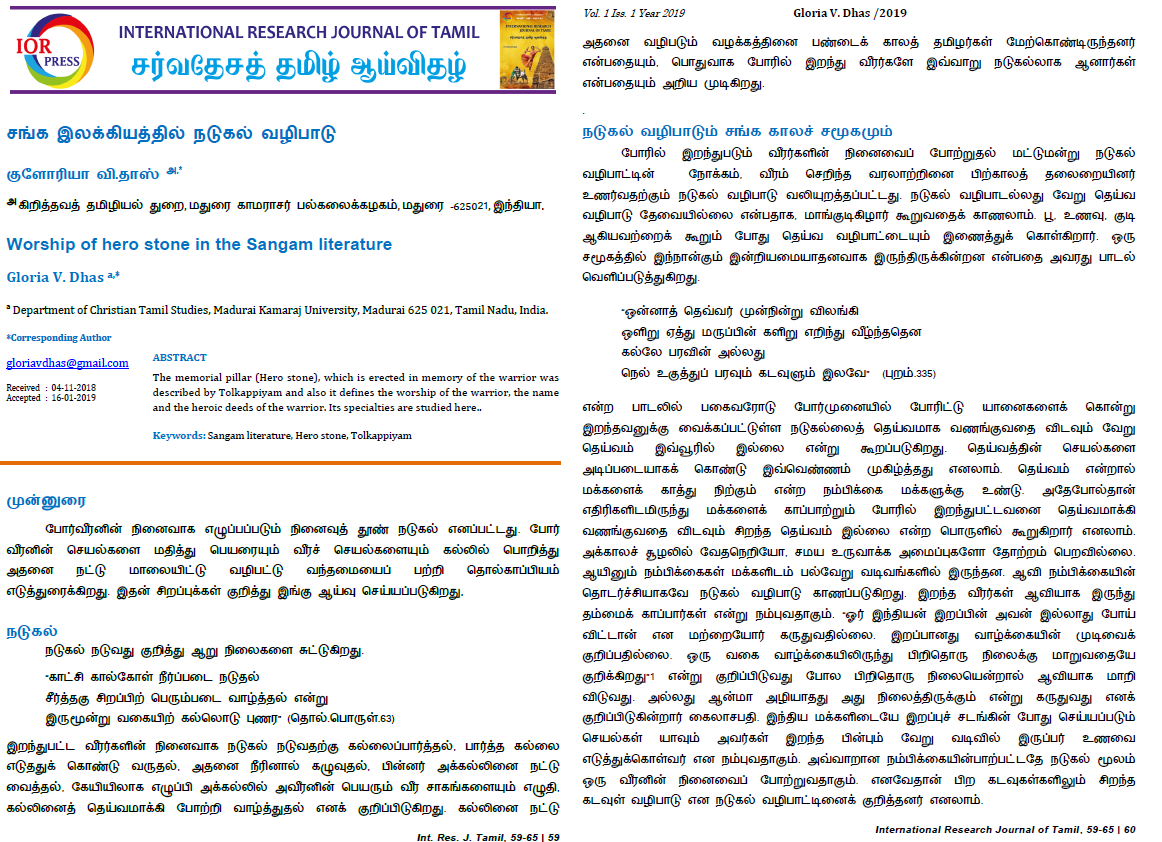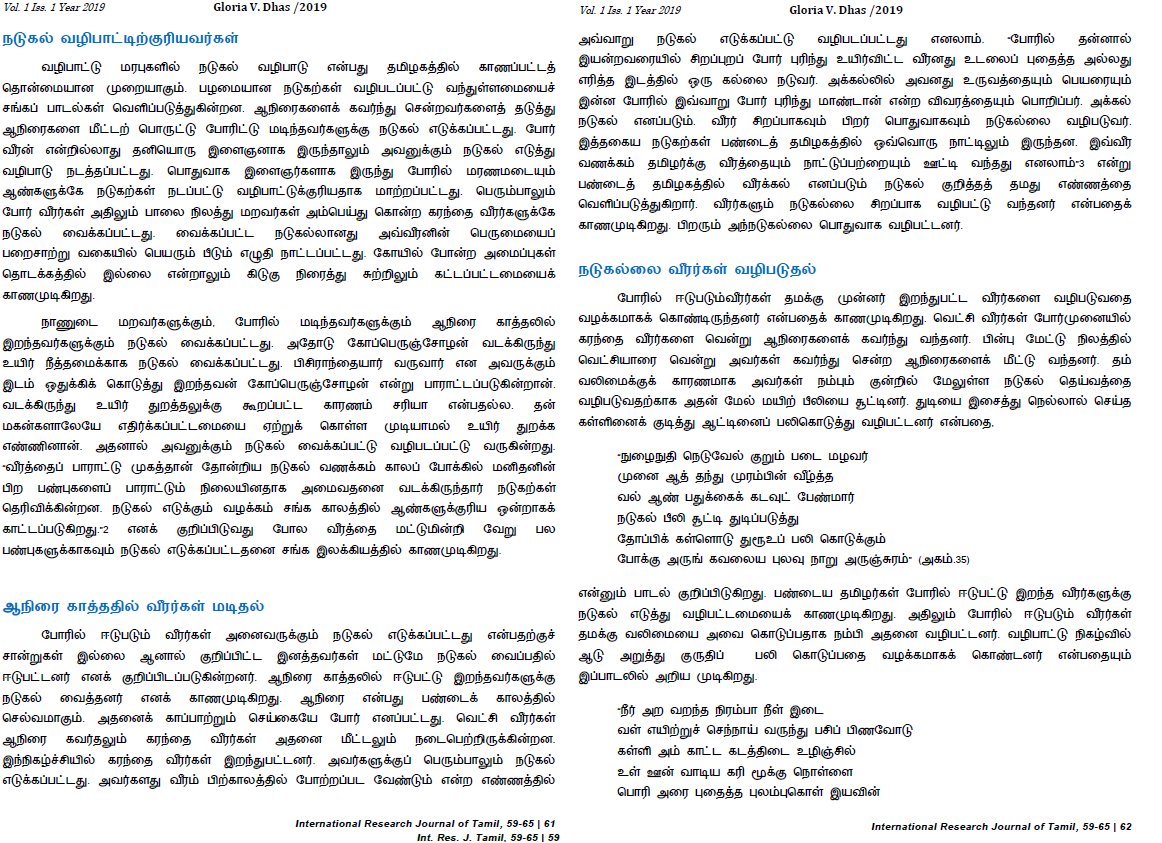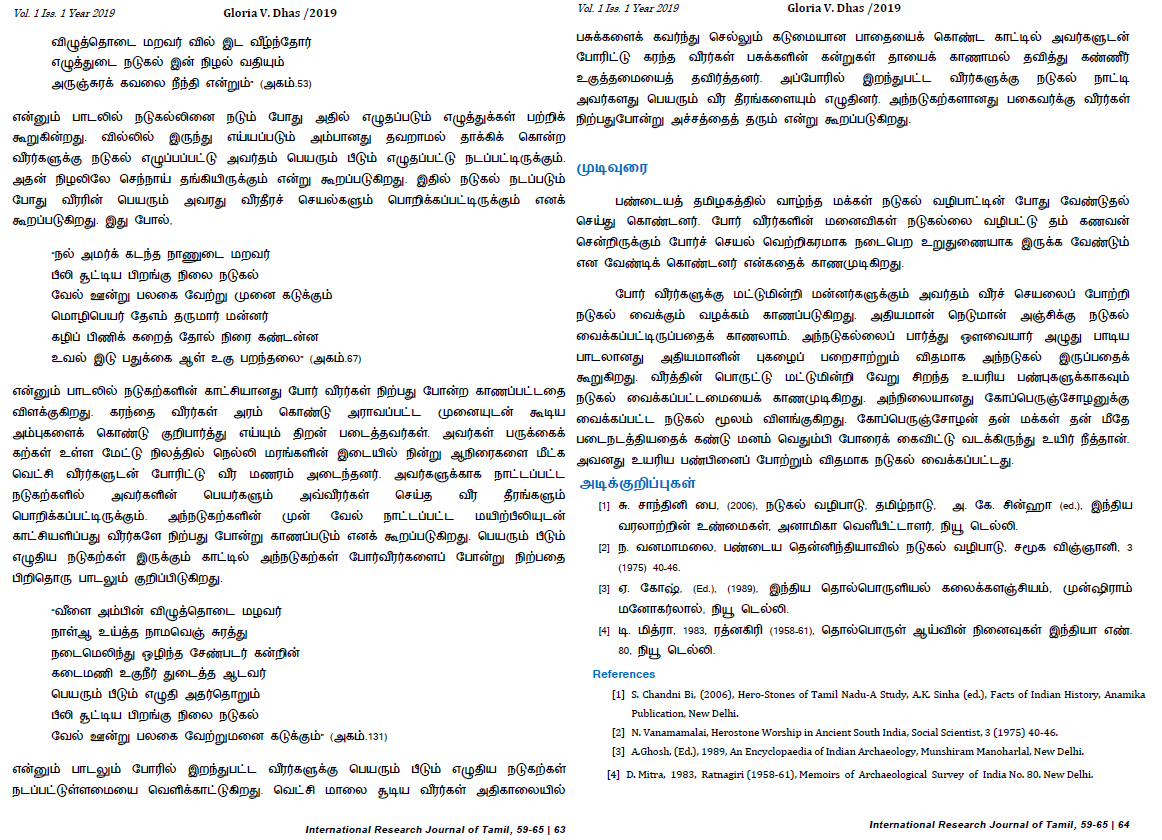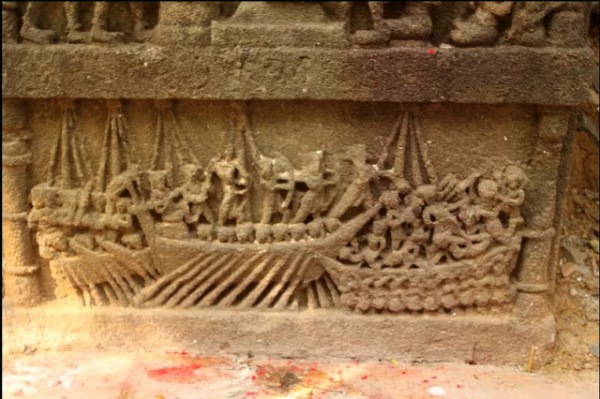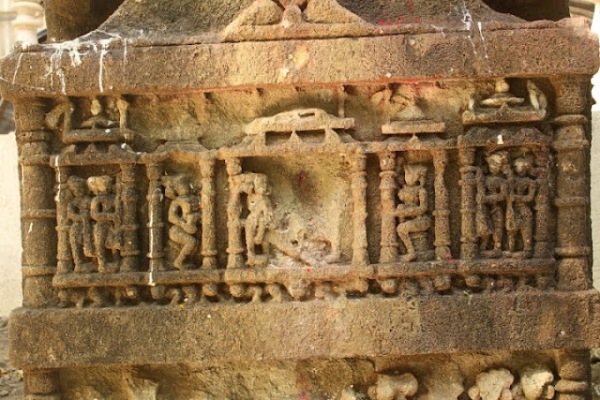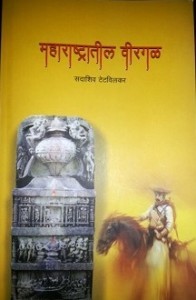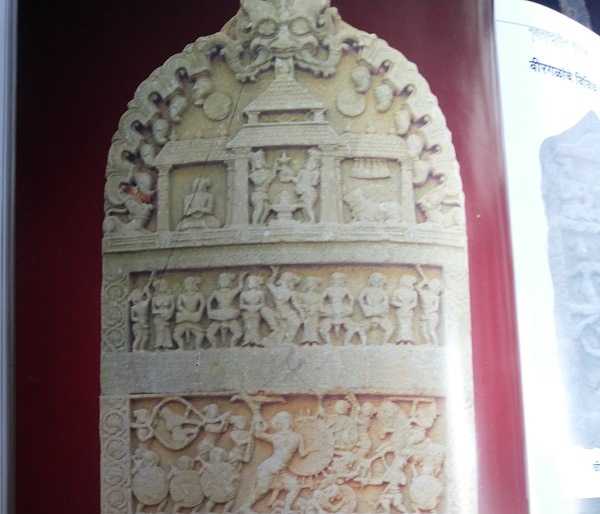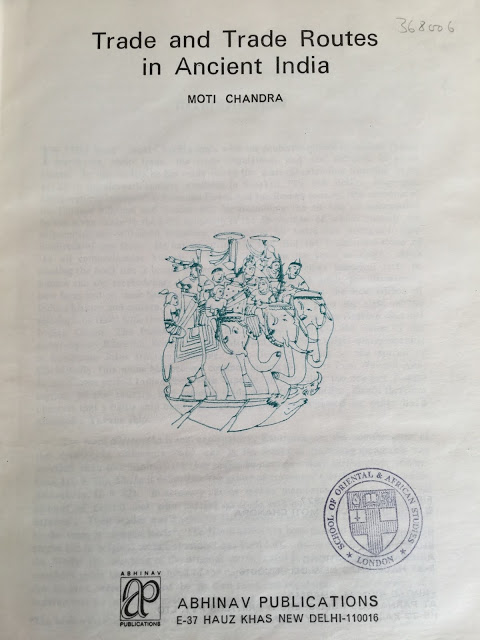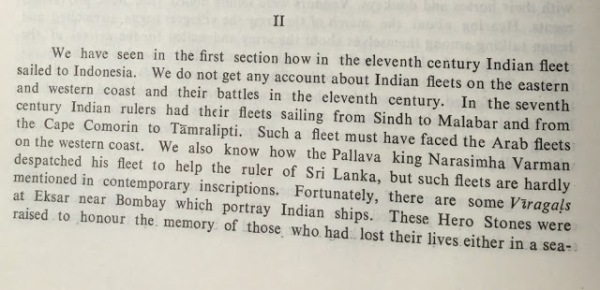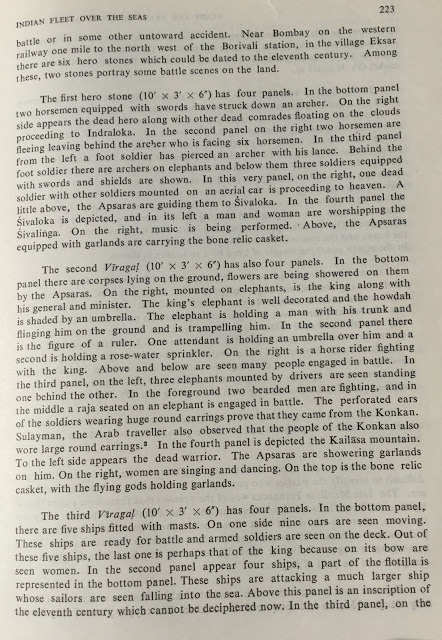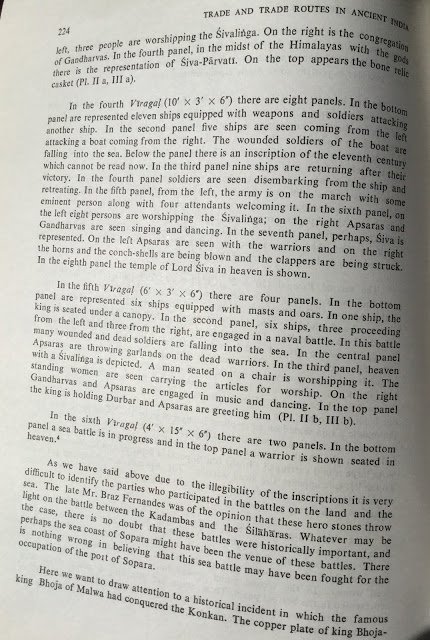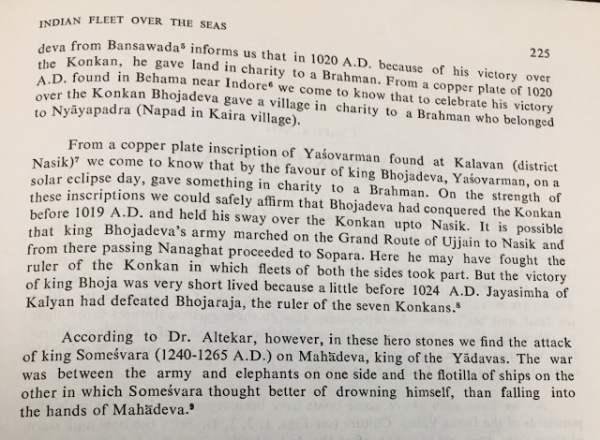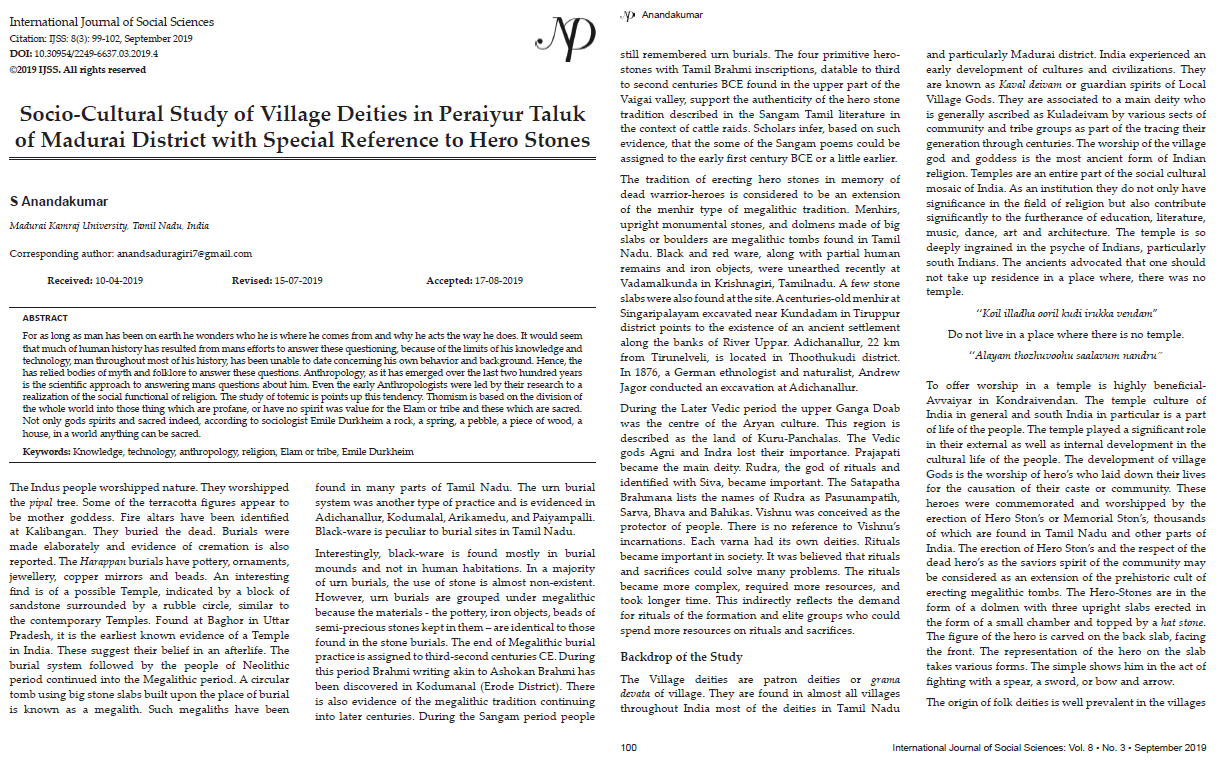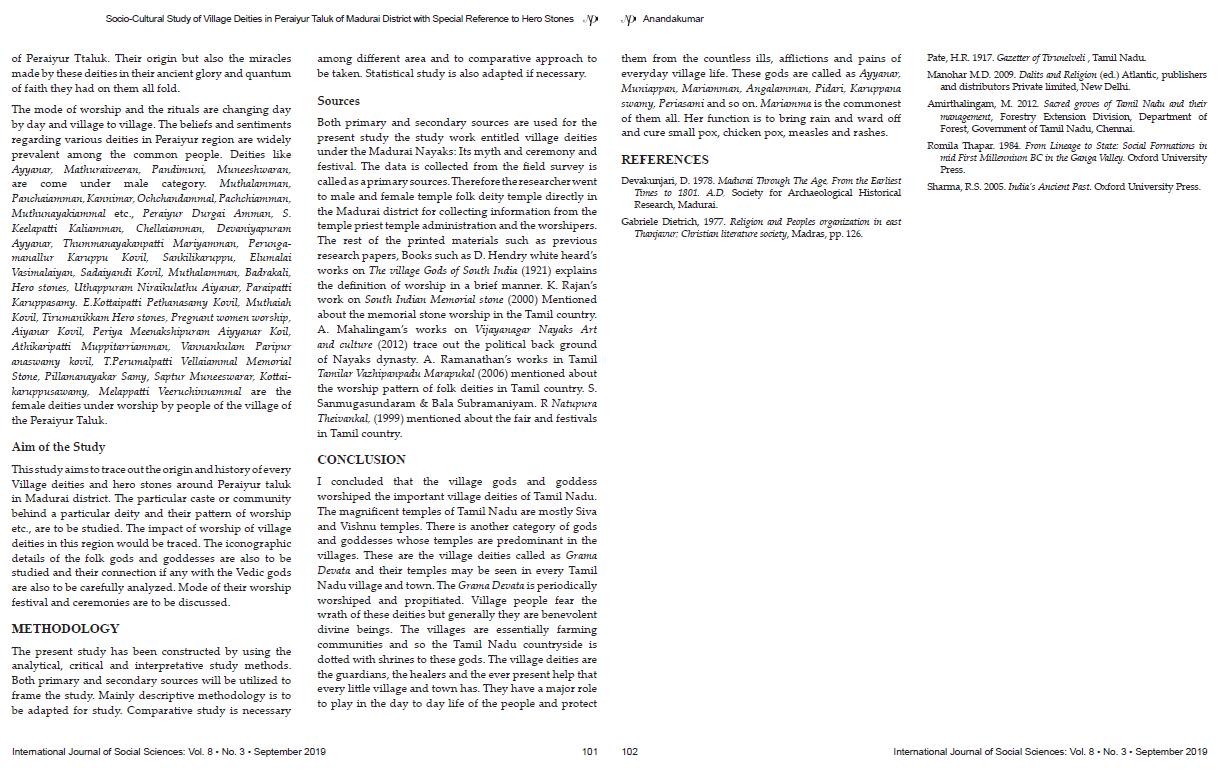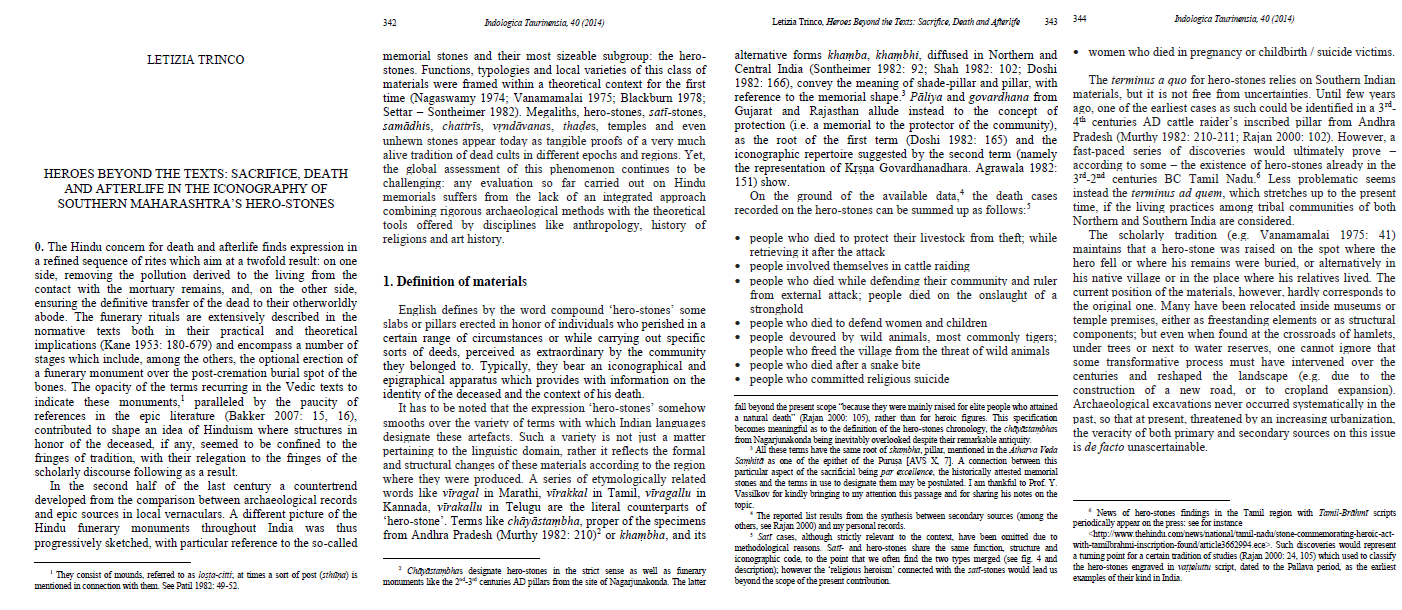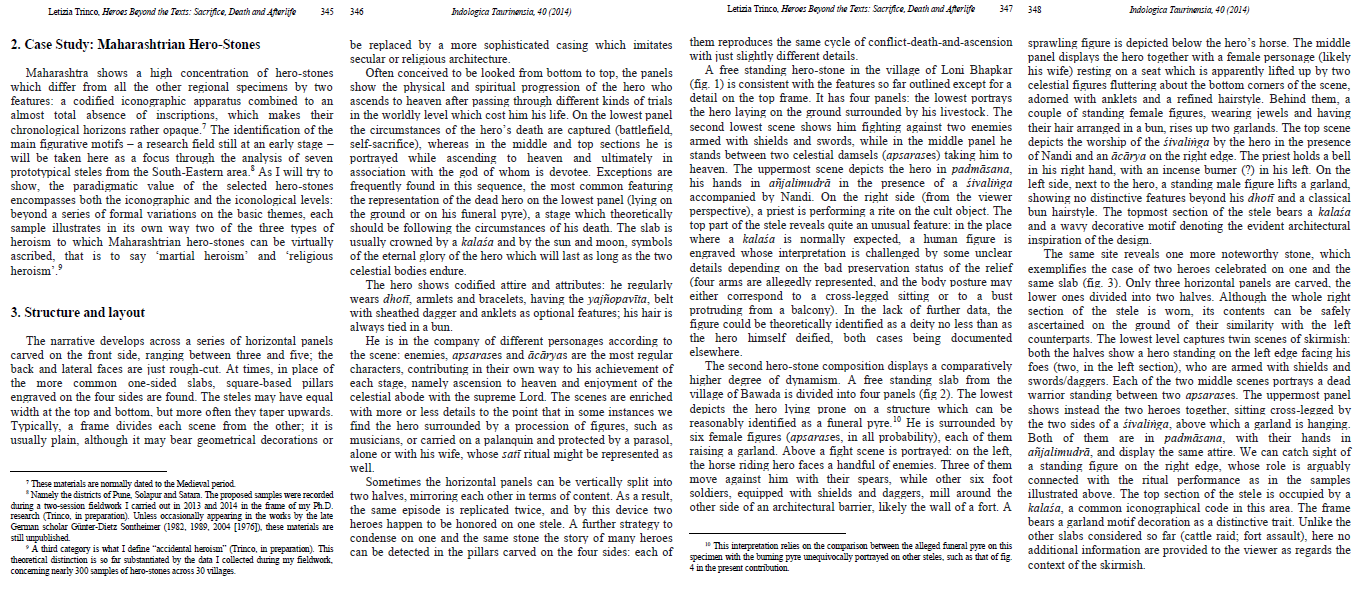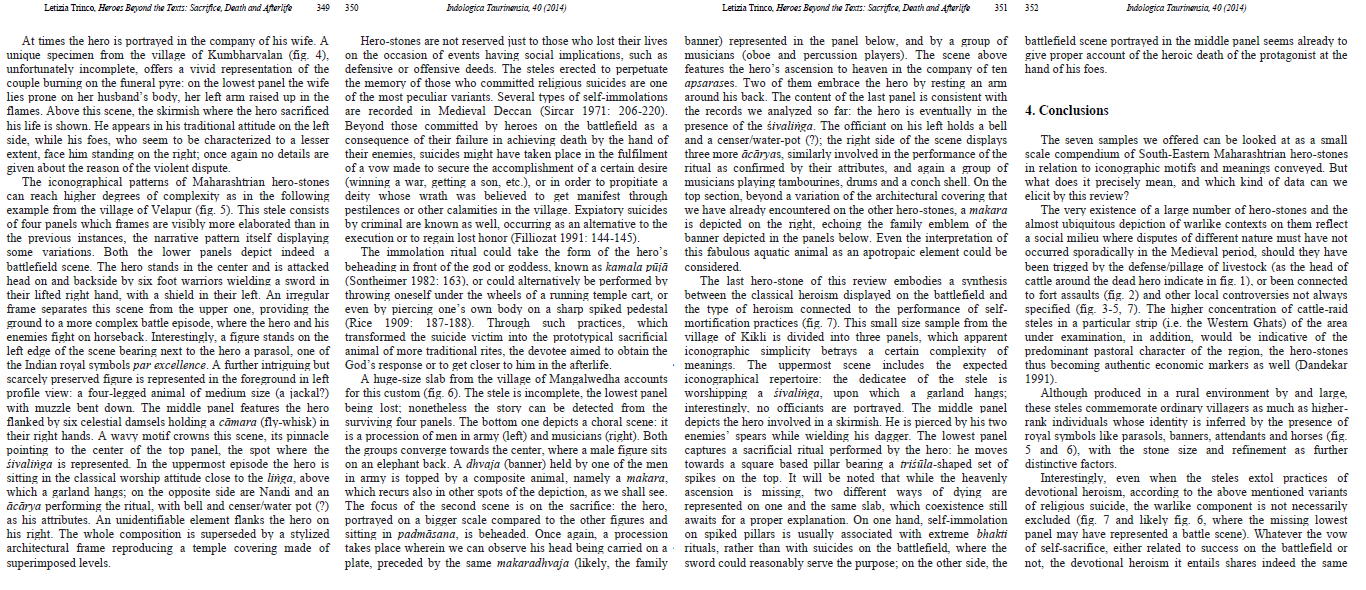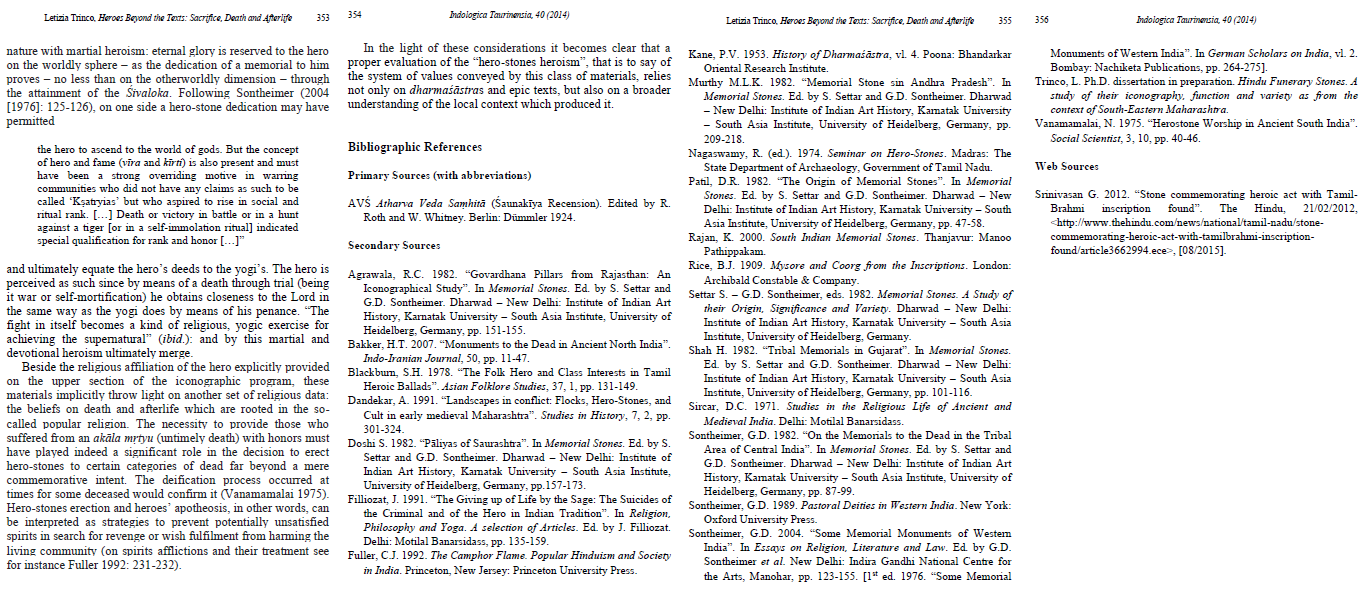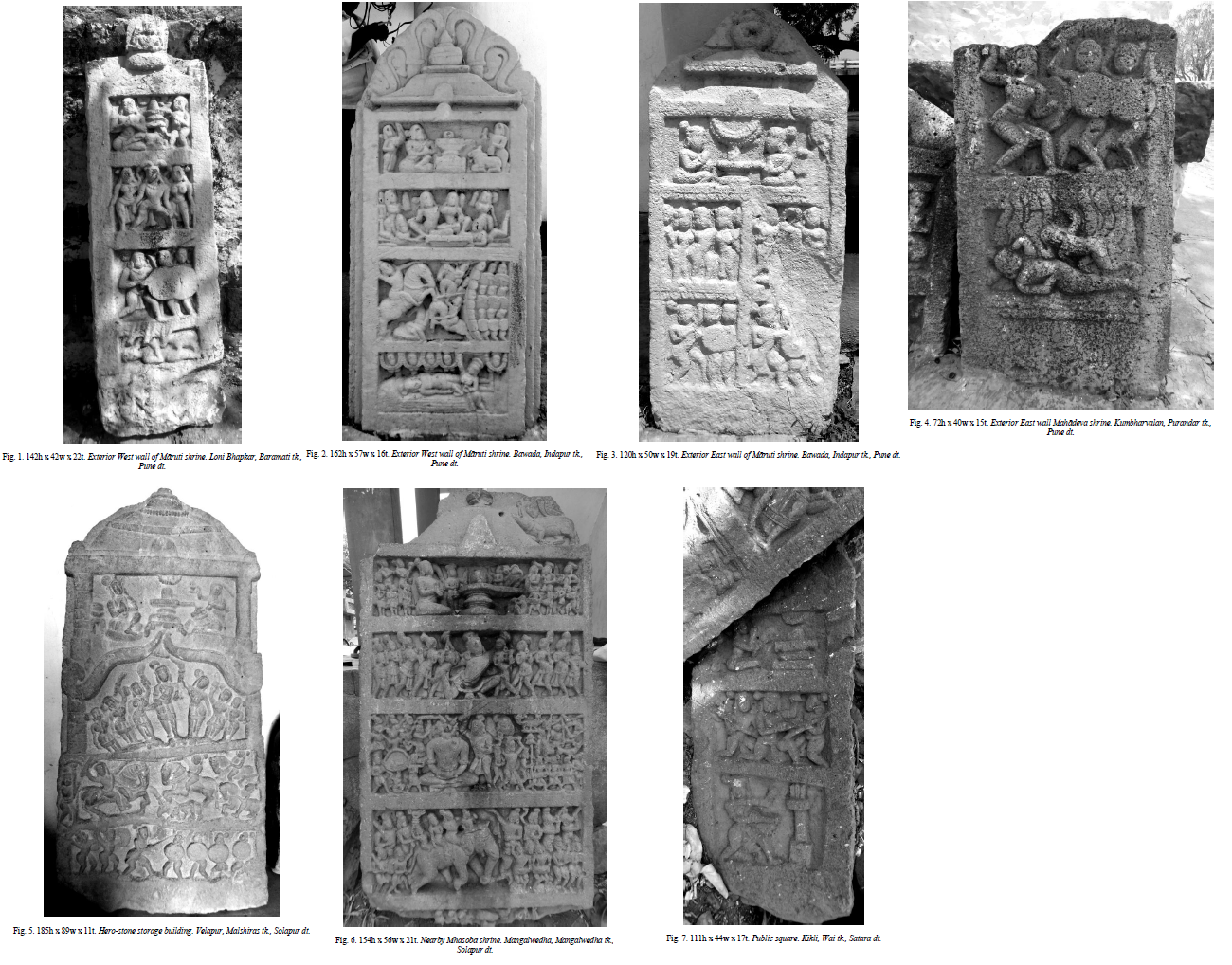
Image of Hero Stone in Karnataka
Written by London Swaminathan
Date:9 October 2017
Time uploaded in London- 18-15
Post No. 4286
Pictures shown here are taken from various sources such as Facebook friends, Books, Google and newspapers; thanks.
Hero Stones are erected by ancient Tamils for those killed in some community work. We have ancient hero stones found in different parts of Tamil Nadu from 5th century CE. Two-thousand-year-old Sangam Tamil literature also refers to it.
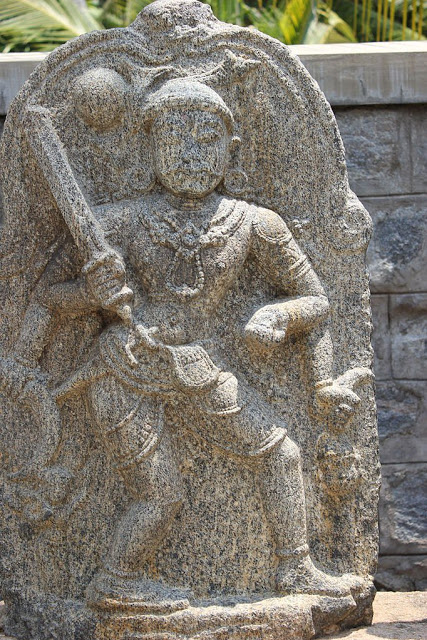
In Tamil Nadu and adjacent places Hero stones are placed in the road junctions and they are worshipped. The hero stones were erected for those who sacrificed their lies for others, particularly killing a tiger, or saving a village from an attack.
In Karnataka and Rajasthan, Pattinis, women who sacrificed their lives were worshipped. Thus India has 1000s of God like people who are elevated to the status of divinities.
Tamil inscriptional Evidence
Tamil inscription names even a dog called Kovivan in a hero stone. Mahendra Pallava’s Eduthanur Hero Stone inscription praised Kovivan that died with his master in the battle. This Tamil inscription belongs to sixth century CE.
Erecting a stone or a pillar over the burial or the place of cremation has been practised by lot of communities around the world. Probably this pagan custom resulted in erecting decorative graves by the Christians where the pillar was replaced by a cross.

Hero Stone from Gotlur
Bridegroom’s Tragic Death mad him a Hero!
Dulhaa Deo (Bridegroom God) is worshipped in North India. Dulhaa Deo was an unfortunate bridegroom who was killed by lightning marriage ceremonies. People believed he and his horse were stoned into stones. Actually, people erected stones in memory of the horse and the rider like the Tamils.
General Sleeman gives a different version about this accident: In the valley of Nerbudda (River Narmada), near Bhopal, one may see on the side of the road, upon a spur of the hill, a singular pillar of sand stone rising in two spires. On the spur of a hill half a mile distant is another sand stone pillar not quite so high. The tradition is that the smaller pillar was the affianced bride of the larger one, who was a youth of great eminence in those parts. When the bride and bridegroom along with his uncle looked at each other discarding the rules (not to look at each other before the ceremony) they were converted into stones.”
This deity is one of the chief household gods of the tribal people. Flowers are offered to him on the last day of February, and a goat at marriages. In some places, even Brahmins worship him., and his symbol is a fetish battle axe, fastened to a tree.
In Mirzapur he is worshipped in the family cook room, where oil and turmeric are offered to him; when two or three marriages are taking place at the same time there is a combined offering of rice and goat.
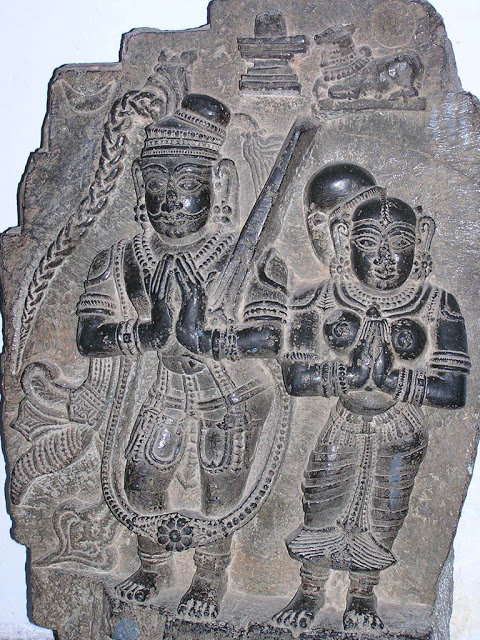
Memorial Stone from Andhra Pradesh
In course of time, lot of different customs get mixed up, particularly among illiterate people. Hundreds of such customs exist in Tamil Nadu. Road side stones/deities are offered various things such as lemon, coconut, flowers and incense sticks. In several places like Sabarimala, Madurai Chitra festival even Muslims are linked with Hindu Gods.
Rev Osborne Martin, author of Gods of India even point out similar custom in the Bible:
“For a father afflicted with untimely morning, when he had made an image of his child soon taken away, now honoured him as a god which was then a dead man: Thus in process of time an ungodly custom grown strong was kept as law.”
—subham–
